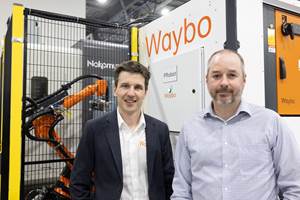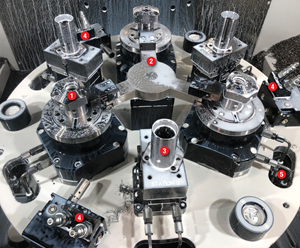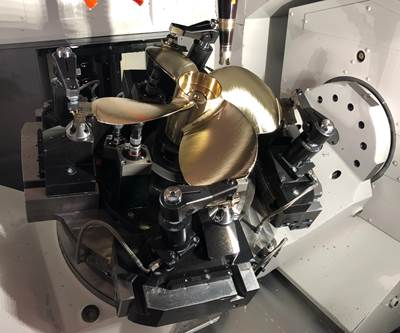Steady-Rest Fixture Fixes Runout At The Ends
A shop developed this simple solution for turning long shafts that have straightness error. A fixture holds the bowed shaft out-of-round in the steady rest so that the two ends can still turn concentrically.
Share




A little bit of straightness error can translate to significant runout error between the two ends of a long shaft. This runout error creates the potential for a variety of problems when the two ends are turned. And if the part needs a steady rest, then this support in the middle may arguably make those problems worse.
Consider a long shaft requiring concentric turned surfaces at either end. The part will be held on-center at the chuck and in the steady rest, but at the remaining end—the end being turned—the part will spin out-of-round. One problem with this is the potential for chatter, which may compel the shop to slow to a minimal speed. Another, even greater problem is that the turning may not be accurate. When the part is flipped to machine the second end, the centerlines of the two turned ends may differ to an unacceptable degree.
Given these runout-related problems—and given a shaft that doesn’t need to be precisely straight, just turned concentrically at the ends—the turning process would be better served if the shaft could rotate along a common centerline at the two ends, while somehow being allowed to rotate out-of-round in the middle. In other words, turning would work more effectively if the shaft could be supported out-of-round in the steady rest.
That was the thinking of Bruce Rancilio, a machine shop supervisor at the CAI Industries plant in West Frankfort, Illinois. Barry Milton, a machinist at this plant, recently contacted to describe a solution devised by Mr. Rancilio to meet the challenge of turning precise bearing fit surfaces on long shafts. For this work, the shop uses a fixture inside the steady rest to support the shaft away from the centerline of the lathe’s rotation.
CAI Industries makes heavy equipment for coal mining. Long shafts requiring concentric bearing fit surfaces at either end are common workpieces here. The shop routinely machines shafts as long as 10 feet. For these shafts, the shop uses Mr. Rancilio’s fixture both to turn without chatter and to achieve concentric turning when the shaft is not straight.
To begin the setup using the fixture, the shaft is centered in the chuck at one end while it is temporarily centered at the other end by using the steady rest to support it there. During this step, the steady rest should locate in the middle of the length to be machined so that any runout error in this region is split between the two sides of turned area. If a 12-inch bearing fit length is needed, for example, then the steady rest should support the part 6 inches from the end. Center drilling is performed while the steady rest is supporting the free end in this way.
The part is then flipped. The other end is center-drilled the same way, with the steady rest again supporting the part 6 inches from the end.
Now the shaft can be held so that the two ends are concentric. The fixture—which Mr. Rancilio calls a “steady rest centering tube,” or SRCT—takes care of the bow in the shaft’s middle. The fixture itself is concentric with the axis of rotation, but the screws that hold the shaft support the work away from this centerline.
The SRCT is not a product that can be purchased. Instead it is simply a solution that other shops can replicate. Mr. Rancilio says an SRCT can be fabricated from any length and diameter of tube that has been OD-turned along its full length. He advises that the tube should have a minimum wall thickness of 3/8 inch. Four holes at each end are drilled and tapped (see photo), with adjusting screws and lock nuts added. The SRCT can then be used anywhere the steady rest might be used, at any position along the turned workpiece’s length.
Another important application of this device relates to shafts that don’t have a circular cross-section, such as square or hexagonal shafts. Normally these shafts couldn’t roll in a steady rest, he notes, but the fixture changes this. Bearing fit surfaces can therefore be turned on long, non-round shafts just as if they were round ones. On long square shafts, the CAI Industries plant has used the steady rest fixture to do exactly this.
Related Content
Shop Doubles Sales with High-Mix, Low-Volume Automation
Robots with adaptive grippers have opened entire shifts of capacity to high-mix, low-volume shop Précinov, doubling its sales.
Read MoreCustom Workholding Principles to Live By
Workholding solutions can take on infinite forms and all would be correct to some degree. Follow these tips to help optimize custom workholding solutions.
Read MoreMachining Vektek Hydraulic Swing Clamp Bodies Using Royal Products Collet Fixtures
A study in repeatable and flexible workholding by one OEM for another.
Read MoreUsing Automation to Reduce COGS and Stay Globally Competitive
Decade-long, multiphase automation investments lower operating costs and maintain technology lead in an increasingly competitive global market.
Read MoreRead Next
Sometimes the Trickiest Part of CNC Machining Is Holding the Part
Finding a way to fixture contoured marine propellors proved to be this shop’s biggest challenge in developing an effective automated machining cell.
Read MoreSetting Up the Building Blocks for a Digital Factory
Woodward Inc. spent over a year developing an API to connect machines to its digital factory. Caron Engineering’s MiConnect has cut most of this process while also granting the shop greater access to machine information.
Read More5 Rules of Thumb for Buying CNC Machine Tools
Use these tips to carefully plan your machine tool purchases and to avoid regretting your decision later.
Read More













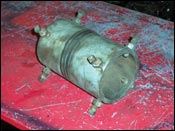
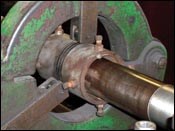










.jpg;maxWidth=300;quality=90)
